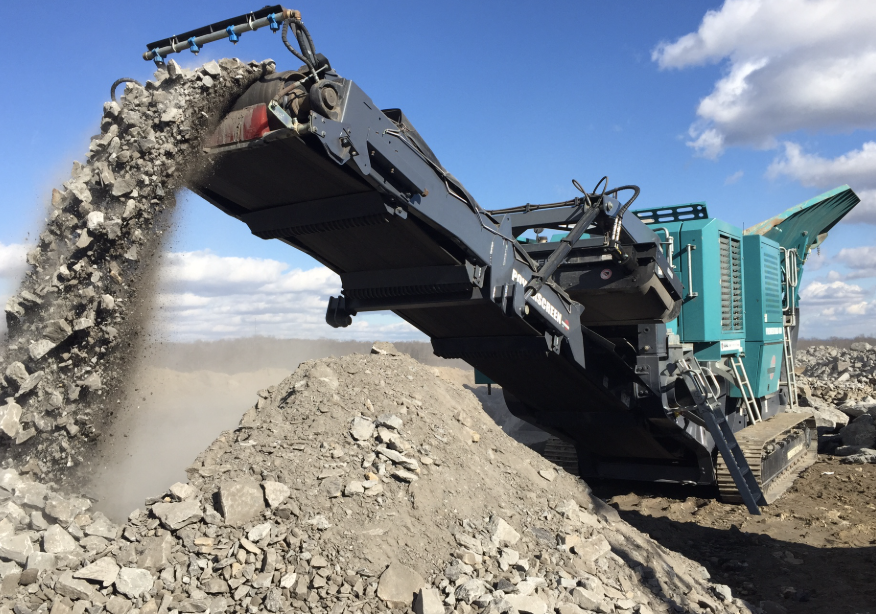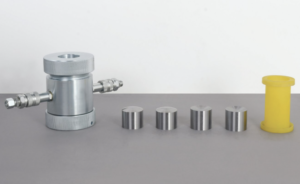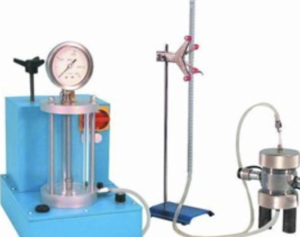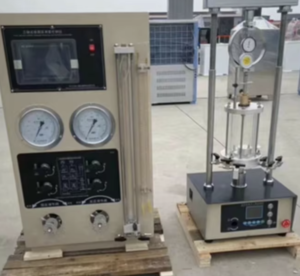What Are the Three Types of Jaw Crushers?
When it comes to crushing hard materials like rocks, ores, and minerals, jaw crushers remain one of the most reliable and widely used machines in mining, construction, and laboratory settings. But not all jaw crushers are built the same. In fact, there are three main types—each with its own strengths and specific uses. Let’s break them down.
Single Toggle Jaw Crusher: Simple Yet Powerful
The single toggle jaw crusher is the most common type you’ll encounter. It uses a single toggle plate that pivots at the bottom of the swing jaw to generate compression.
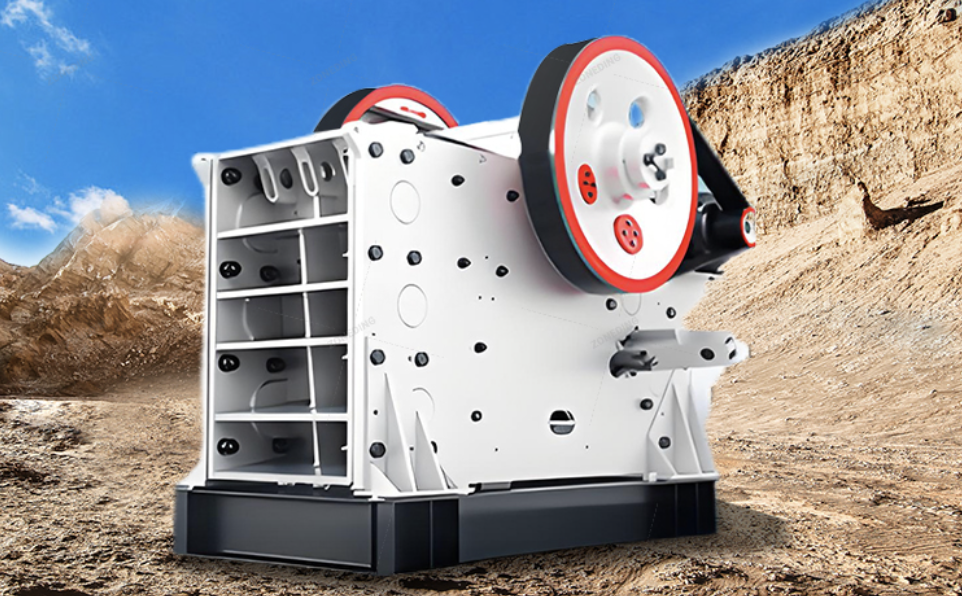
Why It’s a Classic:
- Fewer moving parts1, reducing maintenance
- Offers high throughput2 with lower energy consumption
- Compact design, easy to install
| Feature | Performance |
|---|---|
| Motion type | Elliptical crushing motion |
| Speed | Higher (due to lighter structure) |
| Ideal use case | Medium-hard materials, general crushing |
Best for: Smaller operations, portable setups, and those seeking simple, cost-effective performance3.
Double Toggle Jaw Crusher: Built for Tough Jobs
The double toggle jaw crusher features two toggles and a more complex motion. It’s built for durability and maximum crushing force, especially with hard and abrasive materials.
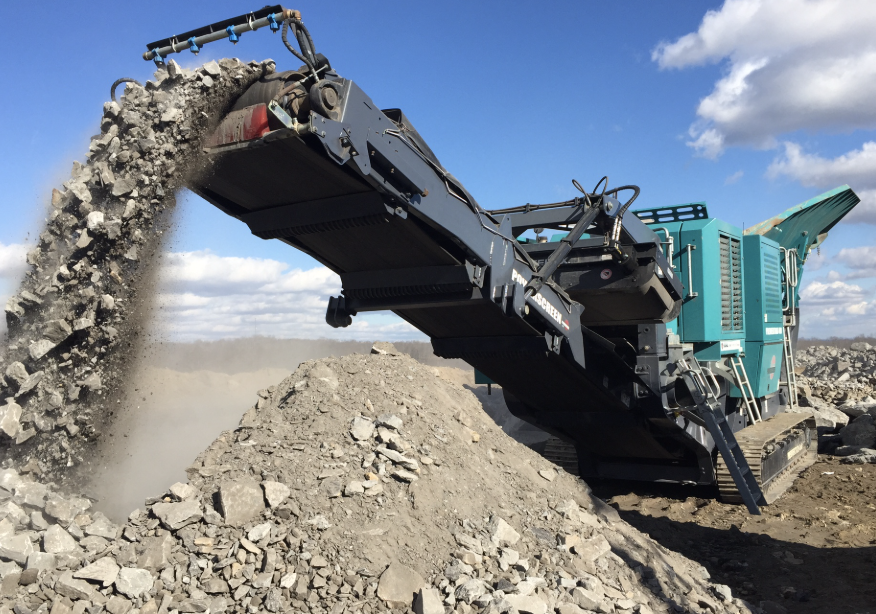
Why It Excels:
- Provides even force distribution4 across the jaw
- More effective with highly abrasive and hard materials5
- Longer wear life on crushing surfaces
| Feature | Performance |
|---|---|
| Motion type | Straight compression motion |
| Speed | Slower but more powerful |
| Ideal use case | Heavy-duty mining, tough materials |
Best for: Primary crushing in large-scale mining or quarry operations6 where toughness is a top priority.
Hydraulic Jaw Crusher: Modern and Flexible
The hydraulic jaw crusher integrates advanced technology to allow for easier maintenance, automatic adjustments, and safer operations. It’s a modern alternative designed to meet evolving safety and efficiency needs.
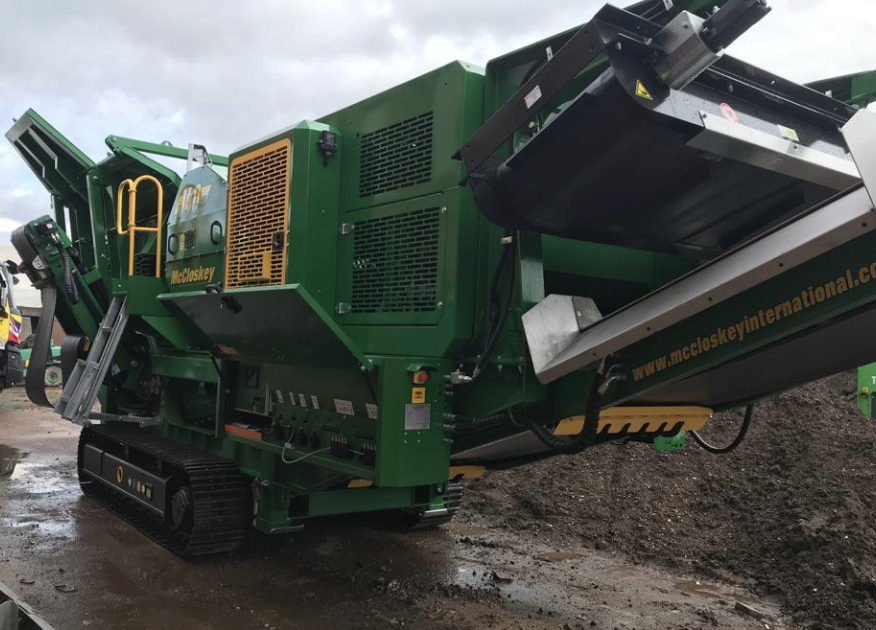
Key Benefits:
- Hydraulic adjustment7 of closed side settings (CSS)
- Overload protection8 to prevent damage
- Easier and safer maintenance access9
| Feature | Performance |
|---|---|
| Motion type | Depends on toggle mechanism used |
| Speed | Adjustable and efficient |
| Ideal use case | Labs, construction, automation-ready sites |
Best for: Facilities that value precision, automation, and safety compliance—including test labs and regulated construction environments.
Choosing the Right Jaw Crusher for Your Application
Each type of jaw crusher serves a different role. Choosing the right one depends on your material type, production capacity needs, and operating conditions.
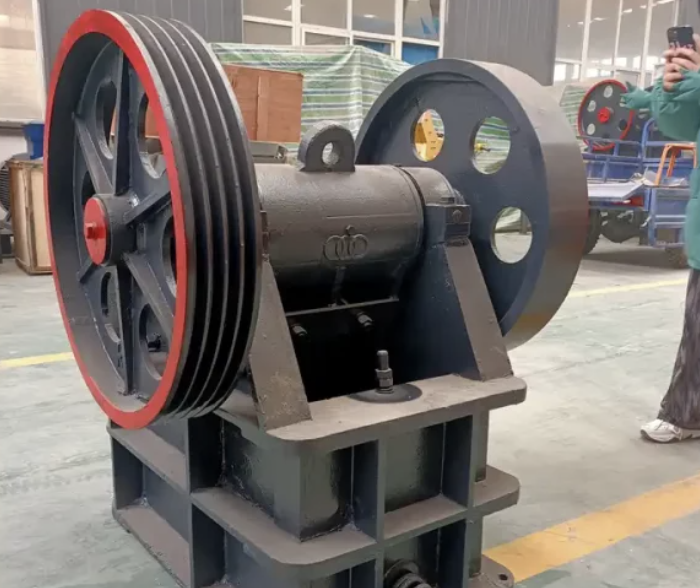
| Criteria | Single Toggle | Double Toggle | Hydraulic |
|---|---|---|---|
| Maintenance | Low | Moderate | Easy (hydraulic access) |
| Crushing force | Moderate | High | High (controlled) |
| Automation and adjustment | Manual | Manual | Automatic |
| Material type | Medium-hard | Very hard/abrasive | Versatile |
| Best for | General use | Heavy-duty mining | High-precision settings |
Conclusion
Jaw crushers may all share the same crushing principle, but the design differences matter—a lot. Whether you’re prioritizing simplicity, brute force, or smart automation, there’s a jaw crusher built to match your specific application. Understanding each type will help you make the best investment for both performance and longevity.
-
Understanding the advantages of fewer moving parts can help you appreciate their impact on maintenance and efficiency. ↩
-
Exploring the relationship between high throughput and energy efficiency can provide insights into optimizing operations. ↩
-
Discovering the benefits of simplicity and cost-effectiveness can guide you in making better equipment choices. ↩
-
Understanding even force distribution can enhance your knowledge of jaw crusher efficiency and performance. ↩
-
Explore how jaw crushers are designed to tackle tough materials effectively, ensuring optimal performance. ↩
-
Learn about best practices in large-scale mining to improve efficiency and safety in operations. ↩
-
Explore this link to understand how hydraulic adjustment enhances machinery performance and efficiency. ↩
-
Learn about overload protection mechanisms to ensure safety and prevent equipment damage in your operations. ↩
-
Discover the importance of safer maintenance access for improving safety and efficiency in industrial settings. ↩

